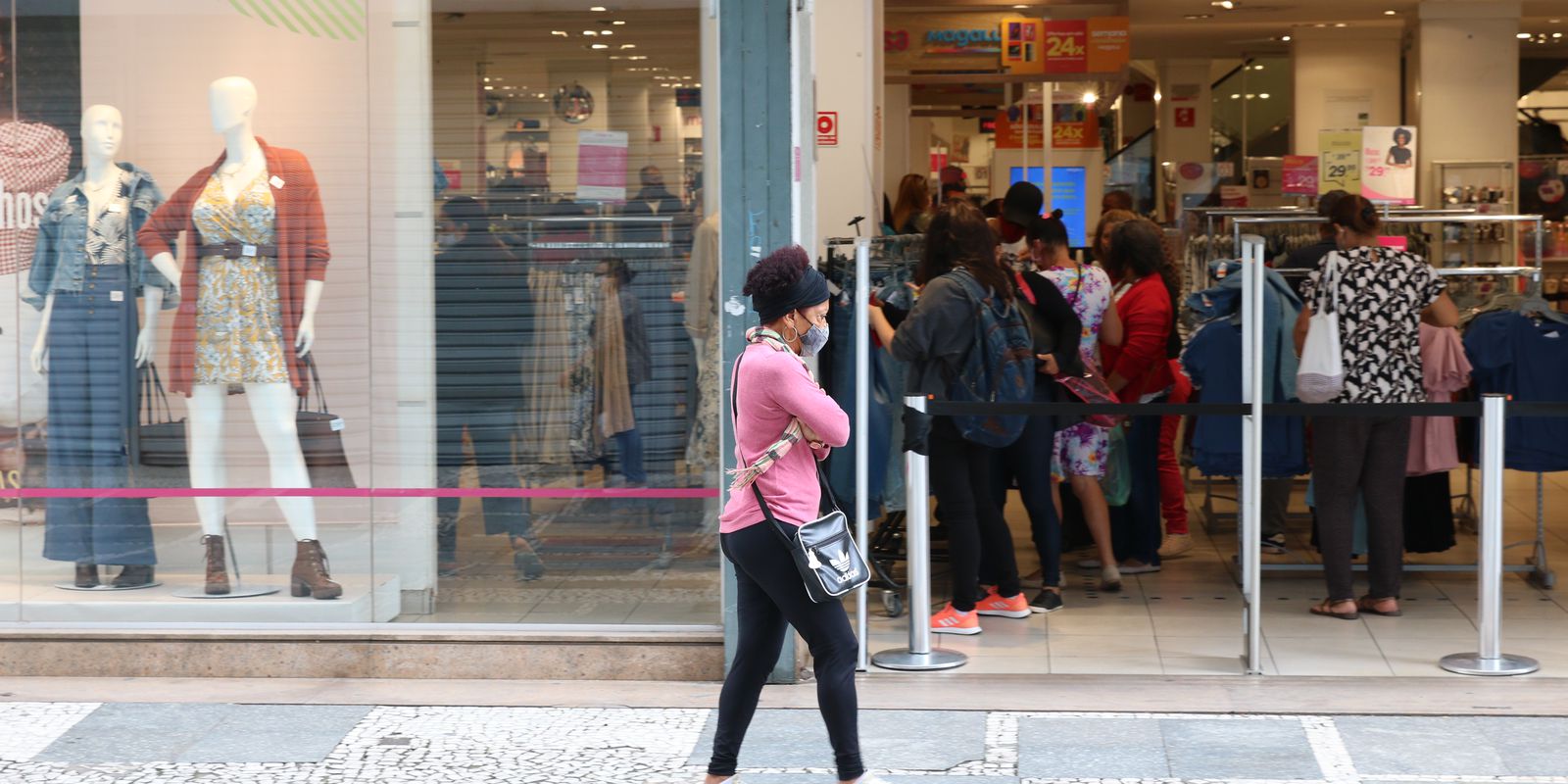For 60 years, on March 15, the world celebrates the consumer daya date to remember the relevance of this actor in strengthening economies and promoting the exchange of goods and services.
(Read: Sales of more than $9 billion during the day without VAT).
And it is that in the pandemic, its behavior and its reaction in each moment that the economy has lived has implied, on the part of those who buy what is on the market, a fundamental contribution to the reactivation and recovery of brands and companies.
“Humanity is transformed by the rational and emotional needs of the consumer. Entrepreneurs, producers, inventors, businessmen understood consumers, creating products and services not only to make their lives easier, but also promoting conditions that ended up boosting the economy”, explains Emilia Restrepo, rector of Cesa, one of the institutions promoting the celebration of Consumer Day.
The Superintendency of Industry and Commerce (SIC) celebrates the entire month in order to remind that “we are all consumers” and “that the way in which trade is regulated depends on each of the members that are part of the exchange of goods and services”.
Figures from the Delegation for Consumer Protection of the Superindustry show that between 2018 and 2021 it has received 169,068 complaints from dissatisfied peopleyes
In 2021 alone, that number rises to a total of 50,372.
(What’s more: After a peak in March, inflation would begin to slow down).
In the four years in question, 1,368 sanctions have been applied and fines have been imposed for more than $95,450 million. The Superintendence says that only last year there were 390 sanctions and that in that year the fines amounted to $23,739 million.
AS THEY ARE?
Within the framework of this date, Kantar Worldpanel division released some interesting data on the profile of Colombian consumers, measured in recent months, through its study “Consumer Insights Q4”.
For example, it describes the population by strata. He concludes that “As a whole, 21% of the population is in stratum 1, 32% belongs to stratum 2, 29% is in stratum 3, 11% of the population belongs to stratum 4, and only 7% is in stratum 5 and 6”.
In the composition of households there are particularities by age. 40% are made up of 1 and 2 people between 29 and 40 years old and 31% have children under 12 years of age.
As for large families, only 13% of the population has more than 5 members up to 20 years old, while households of people over 20 years old are 15% and are made up of 2 people.
“27% of the population of strata 5 and 6 carry out the consumption of the family basket in large chains, while in stratum 1, the consumption of the basket is carried out in a traditional way with a percentage of 28.8% and only 7% of this stratum consumes in large chains. Stratum 3 makes consumption of the family basket in a specialized way with 18.1% with respect to strata 5 and 6 that make this type of consumption with a percentage of 11.1%.
The consumer spending of the family basket of strata 1 and 2 had a decrease due to the increase in households between 2020 and 2121, stratum 1 in 2020 spent $1,245,269 and in 2021, $1,172,559 while in strata 5 and 6 the expenditure per household in 2020 it was $1,814,880 and in 2021 it was $2,083,035.
THE CONCERNS
Another study, GFK Consumer Life, exposes the concerns of Colombian consumers.
He warns that problems such as delinquency, crime and corruption are 2 of the 10 main concerns of Colombians, competing with other abatements as relevant as inflation, pandemic and the lack of money to cover expenses.
(Keep reading: Face mask business seeks its future in the face of less use).
Along these lines, the GFK Consumer Life survey indicates that the greatest concerns are corruption with 32.2% and delinquency or crime and illegality with 31.9%, this being decisive factors for consumers in the country. In conclusion, says GFK, “consumers experience constant changes in their lives and brands must stay relevant in these transformations.” Social changes become triggers that drive innovation of products or services and of communication”, she notes.
BRIEFCASE








